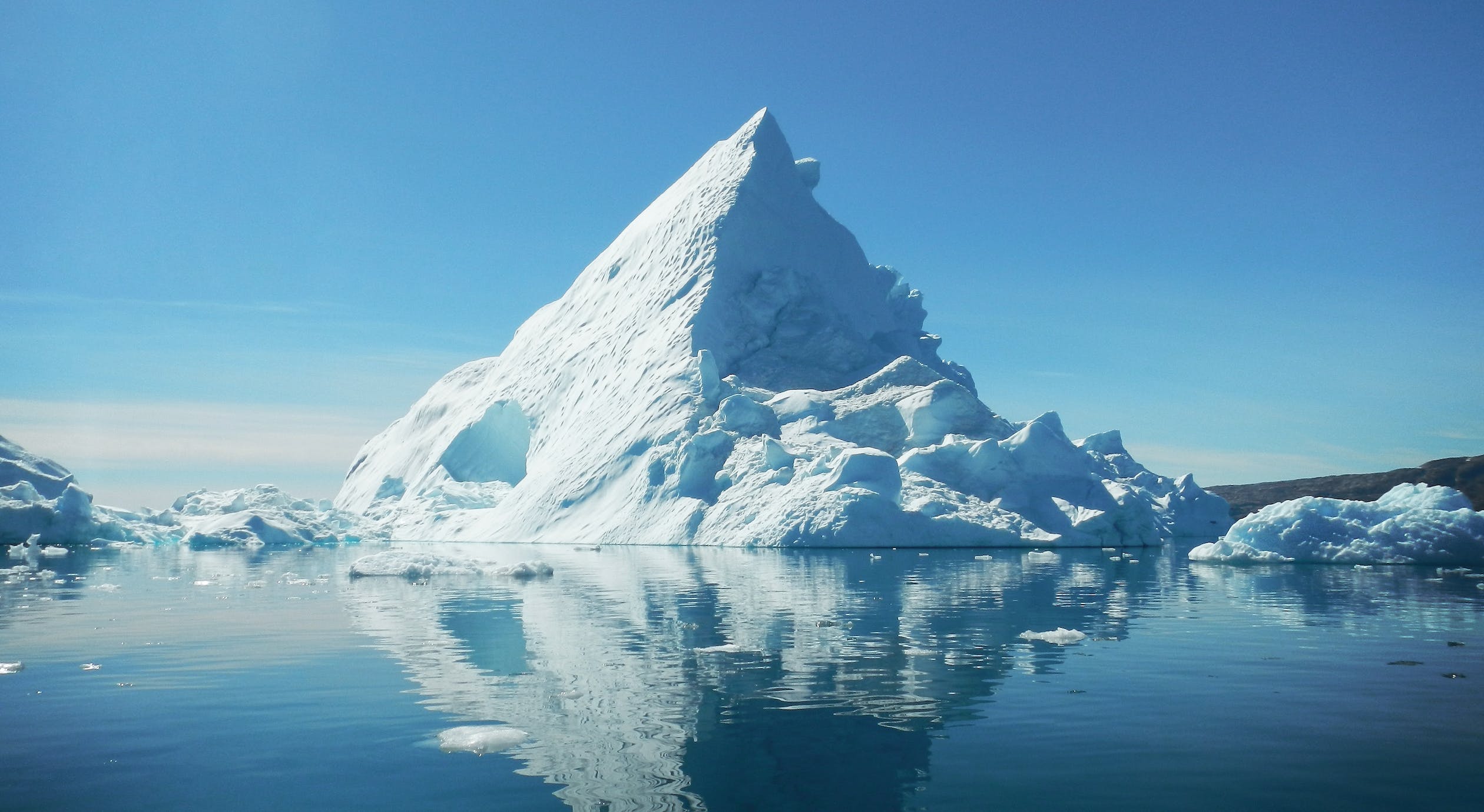The name of this impressive iceberg is A-23a.
It broke off from Antarctica in 1986 and became stuck on the seabed of the Weddell Sea, northwest of the Antarctic continent, becoming a real ice island.
With its 3,880 square kilometers, it is currently considered the largest iceberg in the world.
After 37 years, it has started moving again. In particular, the reason for this movement is related to the gradual reduction in its size over time.
As well as that A-23a was first observed in 2020 when it began to show movement. In the past year, it has increased its speed towards the north and is now about to surpass the northern tip of the Antarctic Peninsula.
The British Antarctic Survey has documented the journey of A-23a through images captured by the European satellite Sentinel-1, which is part of the Earth observation program “Copernicus“ managed by the European Space Agency and the European Commission.









Show Comments